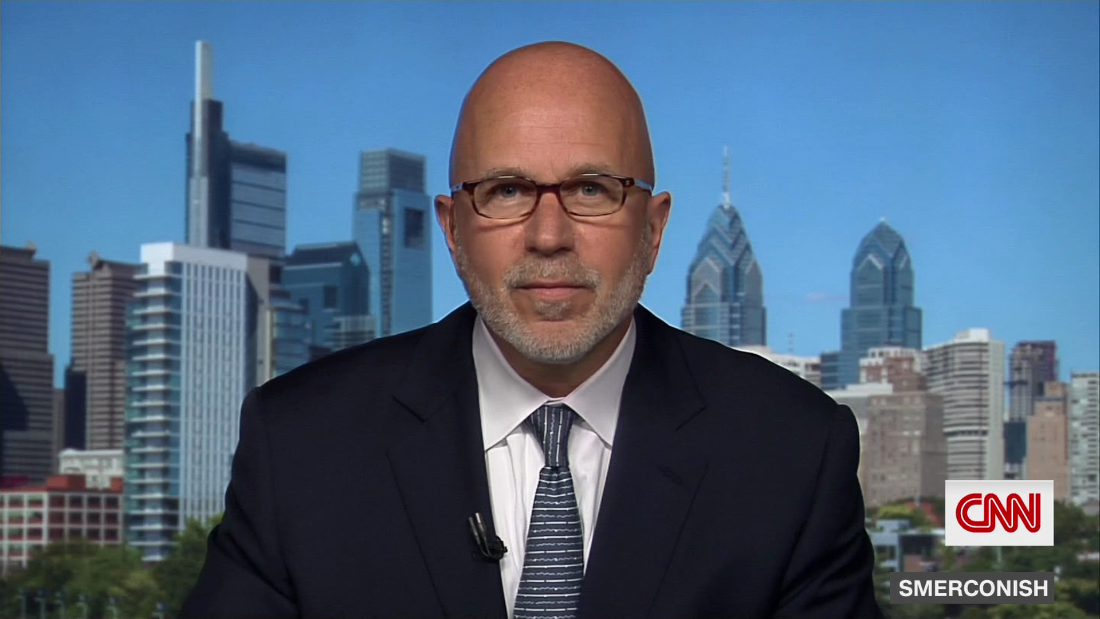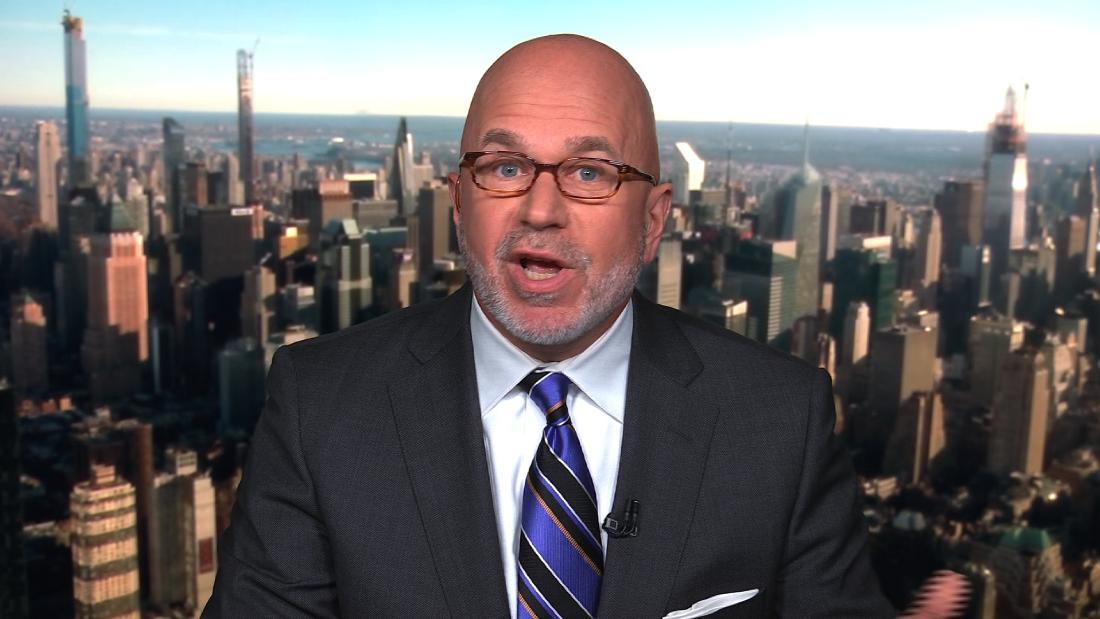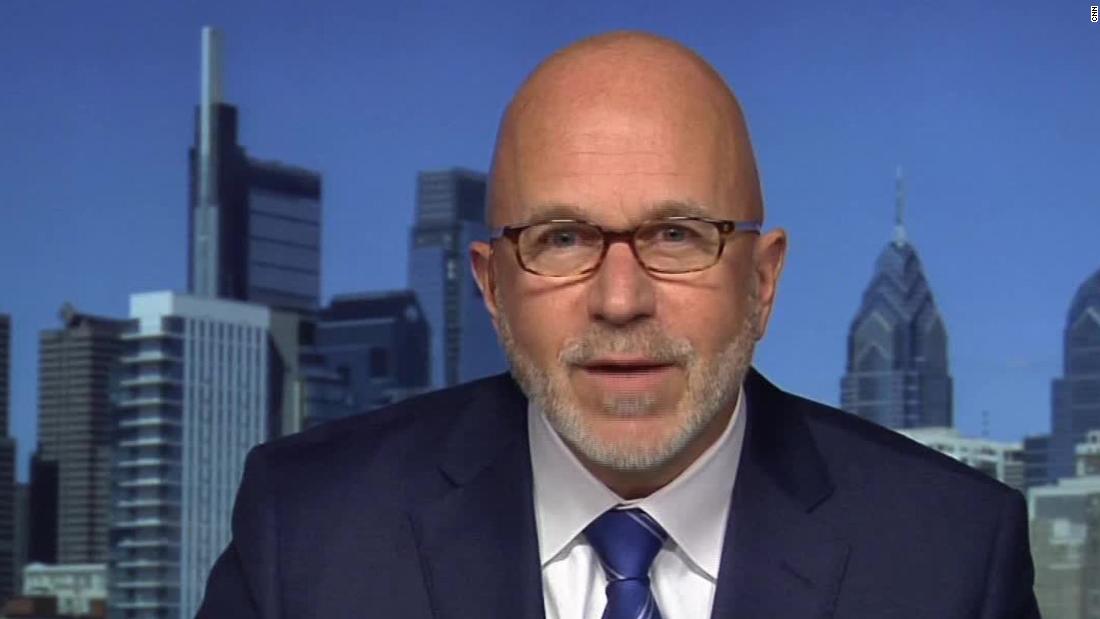Did CNN's decision to axe Michael Smerconishs show signal a shift in the cable news landscape, or was it simply a matter of business? The abrupt cancellation, following the earlier departure of Chris Cuomo, has ignited a firestorm of speculation and debate.
Its a question that probes not just the dynamics of ratings and audience preferences, but also the evolving role of trust and authenticity in an age increasingly saturated with information. The fate of Smerconish, Don Lemon's replacement, is a crucial moment to examine the future of cable news.
| Michael Smerconish: Bio & Career Highlights |
|---|
Full Name: Michael Scott Smerconish
Born: March 15, 1962 (age 61), Doylestown, Pennsylvania, USA Education: Lehigh University (B.A., 1984), University of Pennsylvania Law School (J.D., 1987) Known For: Political commentator, author, radio host, and former CNN and MSNBC television host. |
Career Highlights:
|
Professional Information:
|
Reference: Wikipedia: Michael Smerconish |
The cancellation of Smerconish's show, while perhaps not entirely unexpected by those closely observing the media landscape, still sent ripples through the industry. The show, from its inception, faced an uphill battle in attracting consistent viewership. Audiences, particularly in the current era, demand a news product that is not only informative but also engaging, often seeking a distinct personality to guide them through the complexities of the day. Smerconish, known for his independent perspective and willingness to engage in nuanced discussions, found himself navigating a media world increasingly defined by polarized viewpoints. This divergence, it seems, may have hindered his ability to capture a large and consistent audience, a factor that proved critical in the ultimate decision.
Yet, its essential to recognize that the decision to pull the plug on Smerconish transcended mere ratings numbers. The underlying narrative involves concepts like trust, authenticity, and the ability of a show to resonate with its target audience. In an age where misinformation is rampant, and skepticism towards established institutions is at an all-time high, the decision to end Smerconish's show raises profound questions about the direction of journalism today. The answers to these questions are not simple, and their examination is essential for understanding the current state and future trajectory of cable news.
To understand the events fully, we must delve into the specifics surrounding the cancellation. The question of why CNN decided to remove Smerconish from its programming is multifaceted, requiring an examination of various contributing factors. Was it solely about the numbers, or were there other, equally significant, issues at play? According to reports, the show's ratings consistently fell short of expectations. While Smerconish certainly had his moments, showcasing insightful analysis and thought-provoking conversations, those moments, in a highly competitive market where every second counts, weren't enough to keep the show afloat.
Beyond the numerical data, the show's tone also proved to be a significant factor. Smerconish's style, known for its directness and willingness to tackle complex issues, was perceived as polarizing by many viewers. Some appreciated his no-nonsense approach and the lack of pretense, while others found his style aggressive or, at times, even biased. In a world where cable news thrives on its ability to forge a connection with its audience, such divisions can prove detrimental.
The centrality of ratings in the world of television news cannot be overstated. Ratings are, in essence, the lifeblood of any television show, and when those numbers fail to meet expectations, the consequences are often swift and decisive. Analysis of Nielsen data indicated that Smerconish's ratings consistently lagged behind the network average. Although it's worth noting that cable news channels, in general, have been grappling with the challenge of attracting younger viewers, the importance of those numbers cannot be ignored. When the numbers don't align with the network's goals, difficult decisions become inevitable.
However, it's crucial to understand that ratings alone don't tell the whole story. Factors such as audience engagement, social media presence, and the overall impact on the brand also come into play. While Smerconish's show did have its moments in the spotlight, creating buzz and attracting attention, it wasn't enough to ensure the show's long-term viability. Although this is a harsh reality, it's essential to recognize that it's a part of the business.
CNN is currently undergoing a significant transformation. Under new leadership and with a renewed focus on digital-first content, the network is working to redefine itself. This transformation necessitates making difficult choices, including the termination of programs that do not align with the network's new vision. Sadly, for Smerconish's show, this meant its eventual cancellation.
This decision isn't solely about the show itself; it's also about the broader strategy of the network. CNN is looking to attract a younger, more diverse audience, and in order to do so, tough decisions have to be made. Smerconish was part of the "old guard" of cable news. While he brought a wealth of experience and perspective to the table, the network's leaders decided it was time to move in a new direction, aligning with their evolving goals.
The impact of "cancel culture" cannot be disregarded when discussing the Smerconish controversy. Whether one views it favorably or unfavorably, it is an undeniable force that has shaped the media landscape in ways that were unimaginable just a decade ago. Some critics argue that Smerconish became a casualty of this culture, with his outspoken views and controversial takes drawing ire from both sides of the political spectrum.
However, it's important to remember that "cancel culture" is not solely determined by public opinion. It also relates to the way networks perceive their brand. Media organizations must carefully weigh the potential negative impact of a program against the benefits of keeping it on the air. In Smerconish's case, the risks were perceived to outweigh the rewards, and that ultimately led to the show's demise.
Cable news is undergoing rapid change. Traditional networks, such as CNN, are having to adapt to the increasing competition from streaming services like Hulu and Netflix, which offer on-demand content. This means they must rethink their programming strategies and concentrate on providing audiences with what they want.
For CNN, this means prioritizing investigative journalism, breaking news coverage, and content that resonates with a global audience. Shows like Smerconish, although entertaining, may not always align with that vision. Although it's a difficult decision to make, it's a necessary step for the network's long-term success.
In an era where trust in the media is at an all-time low, authenticity becomes paramount. Audiences are looking for hosts who are relatable, transparent, and willing to engage in meaningful conversations. Smerconish certainly had his moments, but some critics argue that he sometimes came across as more interested in generating reactions than facilitating understanding.
This isn't to say that provocative journalism has no place in the industryit absolutely does. But there's a fine line between pushing boundaries and alienating your audience. Smerconish may have crossed that line, and that's why the show didn't stick around.
Ratings remain a dominant factor in the world of cable news. Regardless of the emphasis on innovation and creativity, networks must attract viewers to survive. The cancellation of Smerconish's show serves as a stark reminder of this reality. If a show isn't bringing in the numbers, its days are numbered.
However, it's not all doom and gloom. Networks are also exploring ways to engage audiences beyond the traditional metrics. Social media presence, online content, and interactive features are becoming increasingly important. Those shows that can adapt to this evolving environment are the ones that will survive.
Public perception greatly influences the success or failure of any television show. In Smerconish's case, his polarizing personality and controversial opinions may have contributed to his downfall. While some viewers appreciated his unfiltered approach, others found him too divisive to watch.
This underscores the importance of understanding your audience. Networks must find a balance between giving viewers what they want and staying true to their journalistic values. This is a challenging tightrope to walk, but it is essential for long-term success.
Where does Smerconish go from here? The media landscape is vast, and there are many opportunities for a host with his experience and expertise. He could transition to digital platforms, launch his own podcast, or even explore writing and commentary. The possibilities are endless.
And let's not forget his legal background. Smerconish has a law degree, and this skill set is always in demand. Whether he chooses to return to the courtroom or continue in the world of media, one thing's for sure: we haven't seen the last of him.
Building a strong personal brand is essential in today's media landscape. Smerconish has established himself as a no-nonsense commentator with a knack for tackling difficult topics. This is a valuable asset that he can leverage in whatever he chooses to do next.
However, building a brand is not just about being controversial; it's about being authentic, relatable, and consistent. Smerconish has an opportunity to redefine himself and his career, and that's an exciting prospect for him and his fans.
As we conclude this analysis of the Smerconish controversy, it becomes evident that cable news is changing. Networks are reassessing their strategies, audiences are evolving, and competition is intensifying. Although Smerconish's cancellation might have surprised some, it signals the changing times.
So, what's next for cable news? Will networks continue to focus on ratings and public perception, or will they prioritize quality journalism and meaningful content? Only time will tell. But one thing is certain: the industry will undergo significant changes, and we'll be observing closely.


